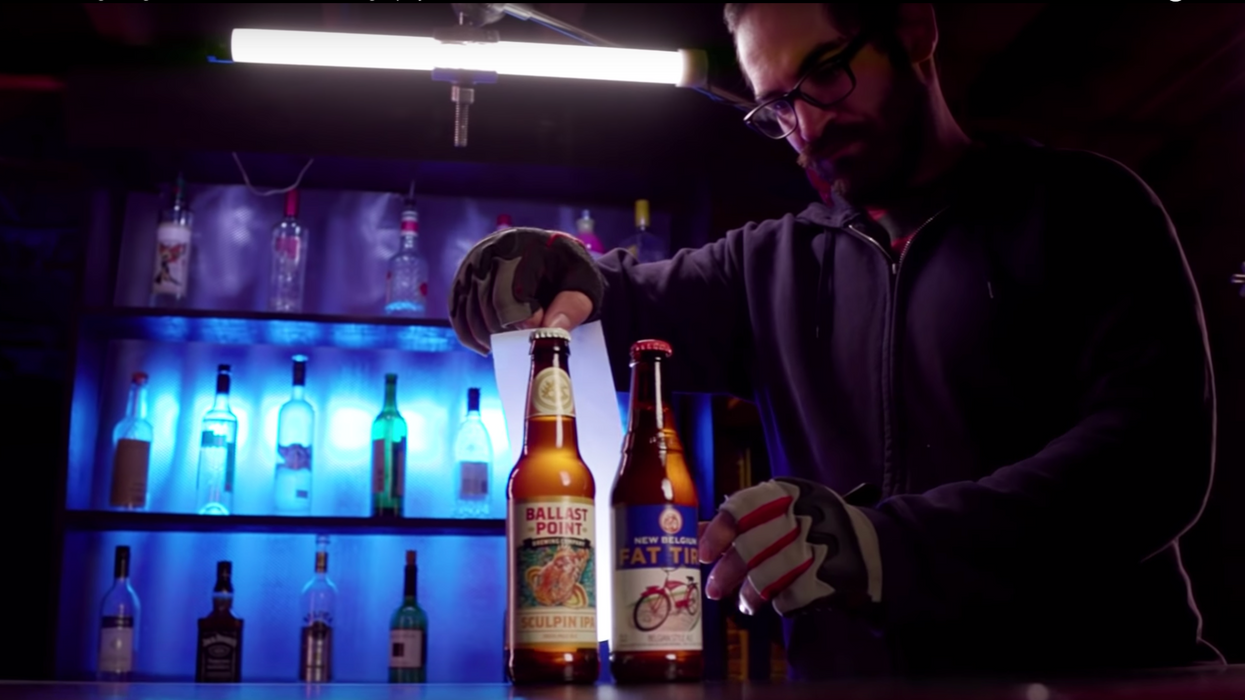Product Lighting: How to Make Inanimate Objects Look Sexy
Wanna land some major commercial gigs? Then you need to know how to make products look hot as hell.

Working in commercial filmmaking can be a rewarding exercise in creativity, in that you get to try new, innovative tricks out on one of many (hopefully) jobs that you're hired on to do.
However, before you go out and try some bold cinematographic feats like some kind of filmmaking acrobat, you're going to need to know some basics...like, say, lighting a beer bottle.
In this video, Aputure's Valentina Vee chats with cinematographer and ShareGrid co-founder Brent Barbano about how to light products to not only make them look amazing but you as well to potential clients. Check it out below.
Commercial work can be tricky for several reasons, but perhaps the biggest challenge you're going to face is meeting the needs and tastes of each of your clients individually.
As Barbano says in the video, every product and campaign is different and you're the one tasked with finding a way to synthesize it all into a package that gets the final okay.
How? Well, to put it simply, make those products look really, really, really good.
The avenues you can take to do that are virtually endless, so it's important to understand the key concepts that will help you nail your next commercial gig.
Barbano demonstrates how he would approach shooting a beer commercial, and he pays close attention to several things, like using complementary colors and including subtle design elements to make products pop.

For example, in order to make that beer bottle glow like it was filled by the nectar of the gods, Barbano cuts out a bottle-shaped piece of diffusion material, sticks it to the back, and lights it from behind. Boom! Shining amber beacon of flavor and deliciousness.
Another great trick Barbano uses to make this product look as sexy as possible is mix water and glycerin to create condensation beads on the bottle. The glycerine helps keep those droplets plump and in place.
What are some other things you think newcomers should know about shooting and lighting commercials?
Source: Aputure











